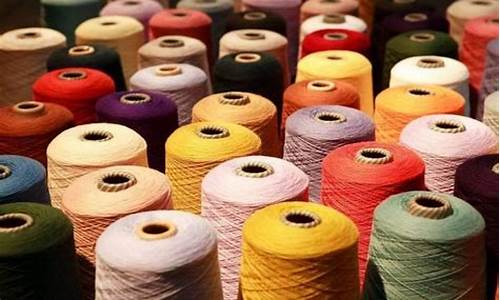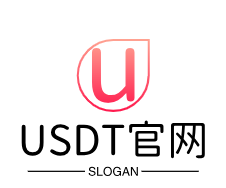
Textile is a vital industry that plays a significant role in the global economy. As a result, it has become increasingly important for businesses involved in this field to have a good understanding of textile foreign trade knowledge. In this article, we will explore some essential English vocabulary related to textile foreign trade.
1. Apparel: This term refers to clothing and accessories worn by people for both casual and formal occasions.
2. Fabric: This term refers to the material used to make garments, including cotton, silk, wool, and synthetic fibers.
3. Yarn: This term refers to the continuous strand of fibers used to make fabric.
4. Knitting: This technique involves interlocking loops of yarn to create fabric.
5. Weaving: This technique involves interlacing threads or cords to create fabric.
6. Sewing: This technique involves joining two or more pieces of fabric together using a needle and thread.
7. Garment production: This refers to the process of making garments from scratch, including design, pattern-making, cutting, sewing, and finishing.
8. Textile machinery: This refers to the machines and equipment used in the textile industry, including spinning machines, weaving machines, and printing machines.
9. Quality control: This refers to the processes used to ensure that products meet certain standards of quality, including inspection, testing, and documentation.
10. Packaging: This refers to the process of preparing goods for shipment, which includes selecting appropriate packaging materials and labeling products with necessary information.
11. Export documentation: This refers to the paperwork required to export goods from one country to another, including invoices, packing lists, and certificates of origin.
12. Import documentation: This refers to the paperwork required to import goods into a country, including customs declarations and import licenses.
13. Foreign trade laws: These are the laws and regulations that govern international trade between countries, including tariffs, quotas, and trade agreements.
14. Foreign currency exchange: This refers to the process of converting one currency into another for international transactions, including importing and exporting goods.
15. International shipping: This refers to the transportation of goods across international borders, including ocean freight, air freight, and courier services.
In conclusion, having a good understanding of textile foreign trade knowledge is essential for businesses involved in this field. By familiarizing yourself with these terms and concepts, you can improve your ability to communicate effectively with suppliers and buyers from around the world.


 发布于 2024-11-02
发布于 2024-11-02
